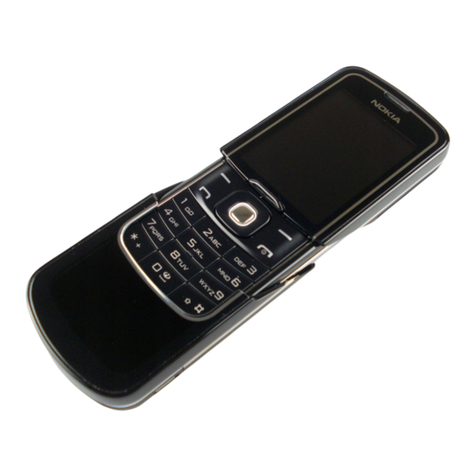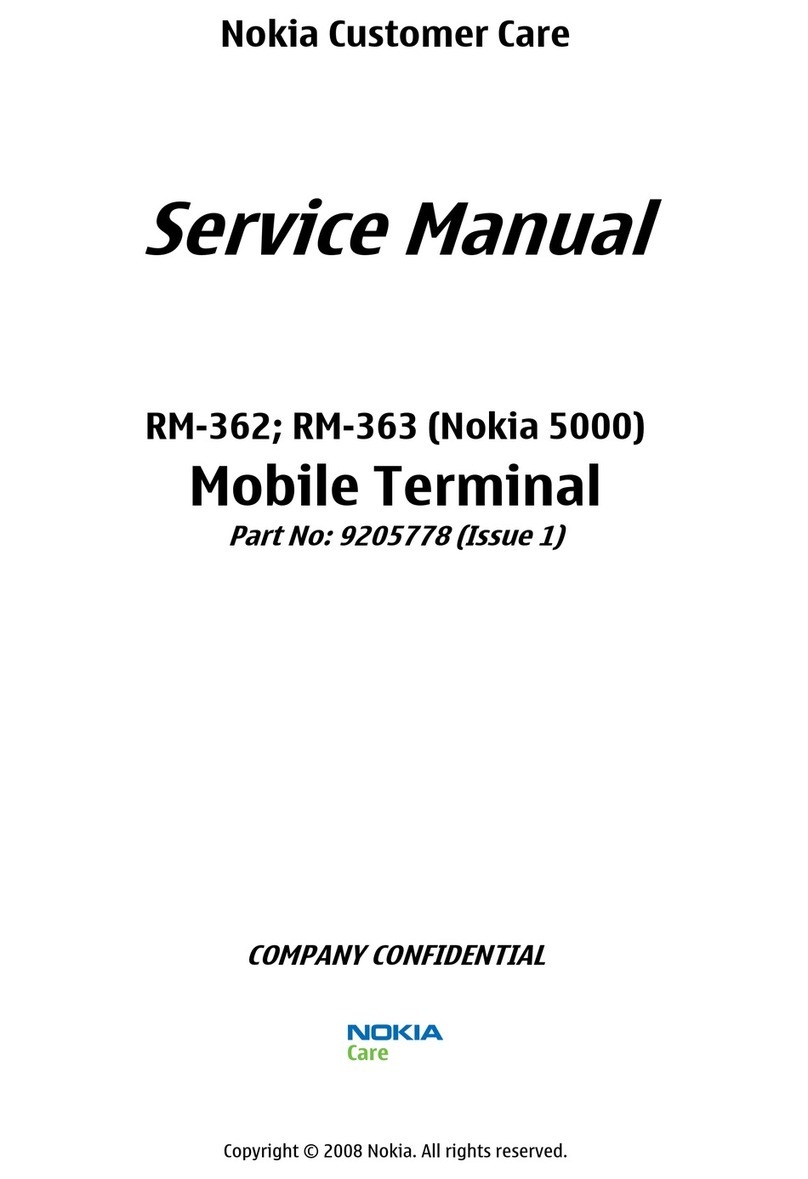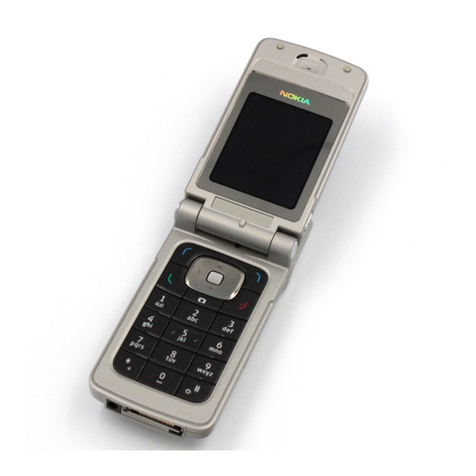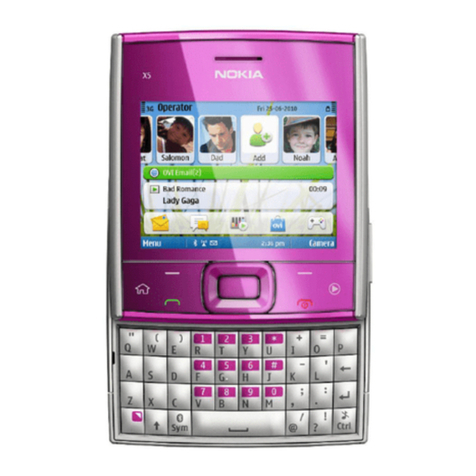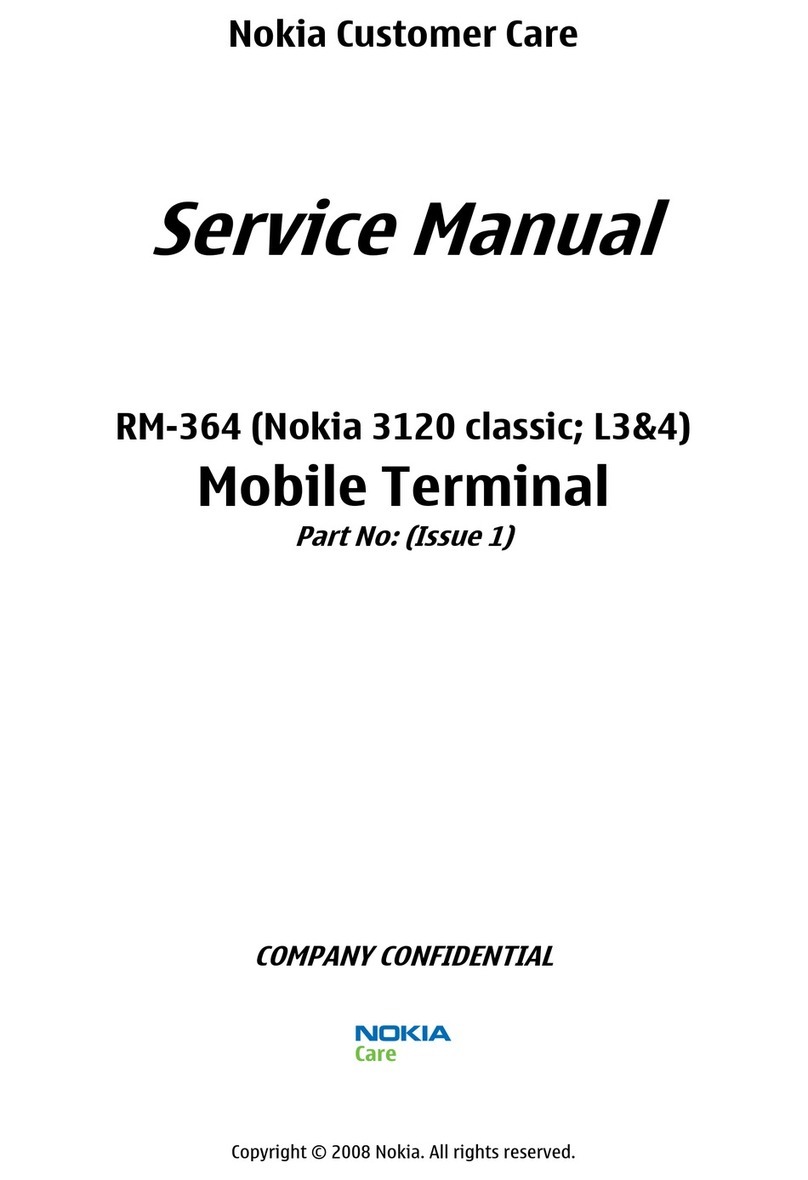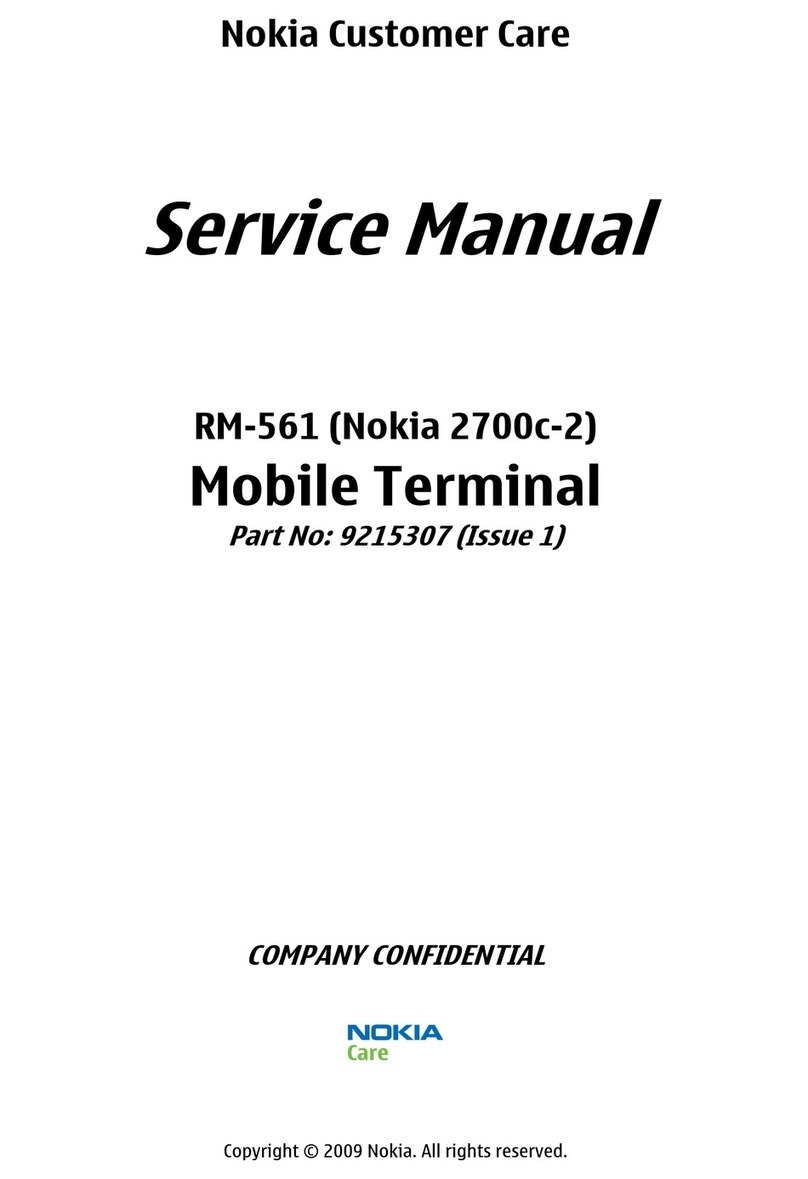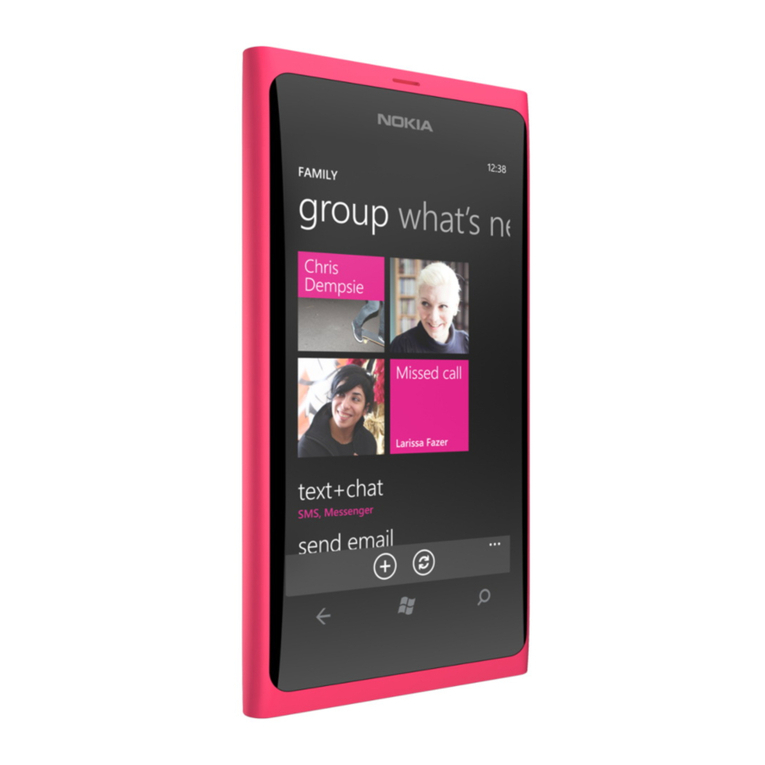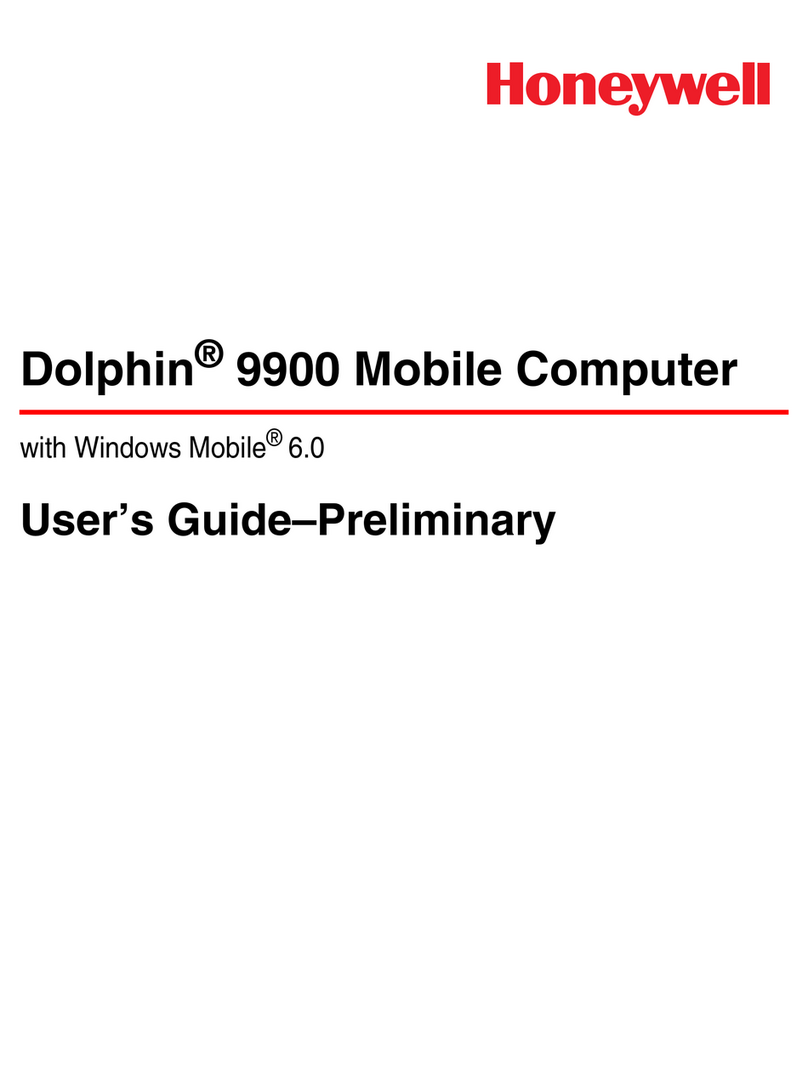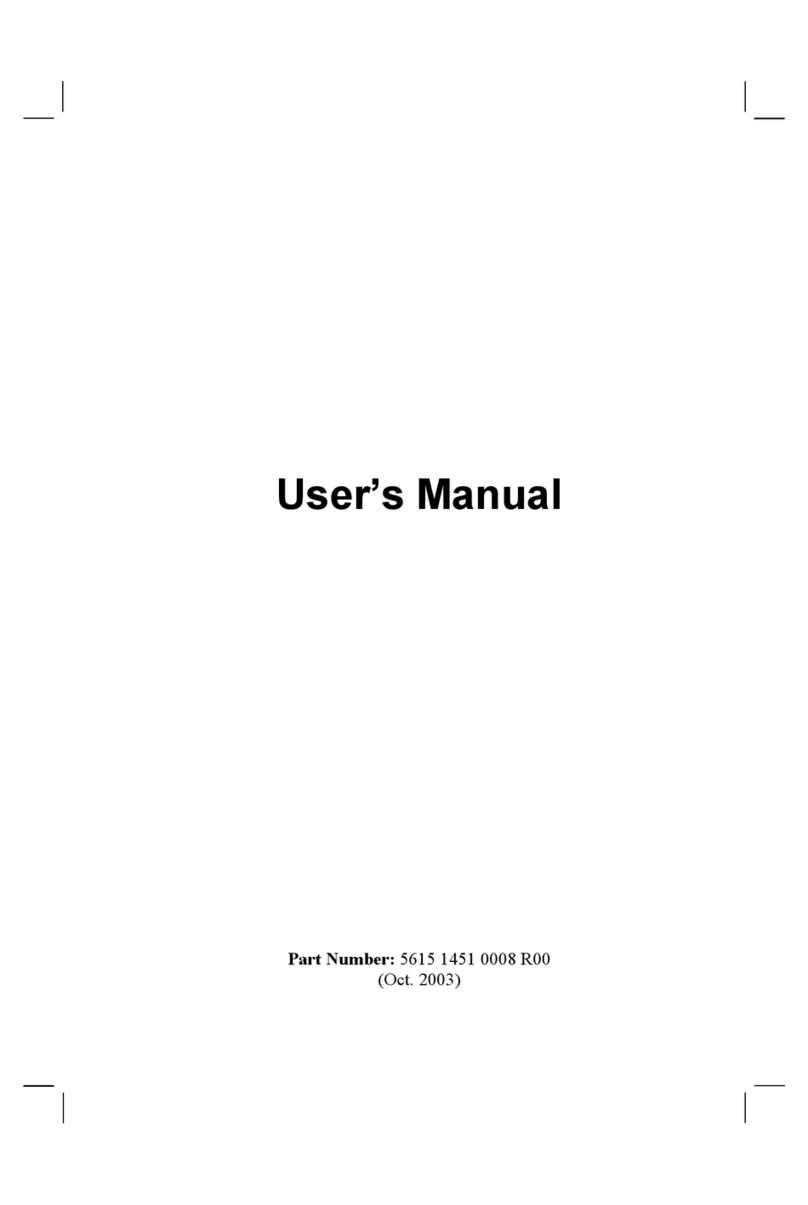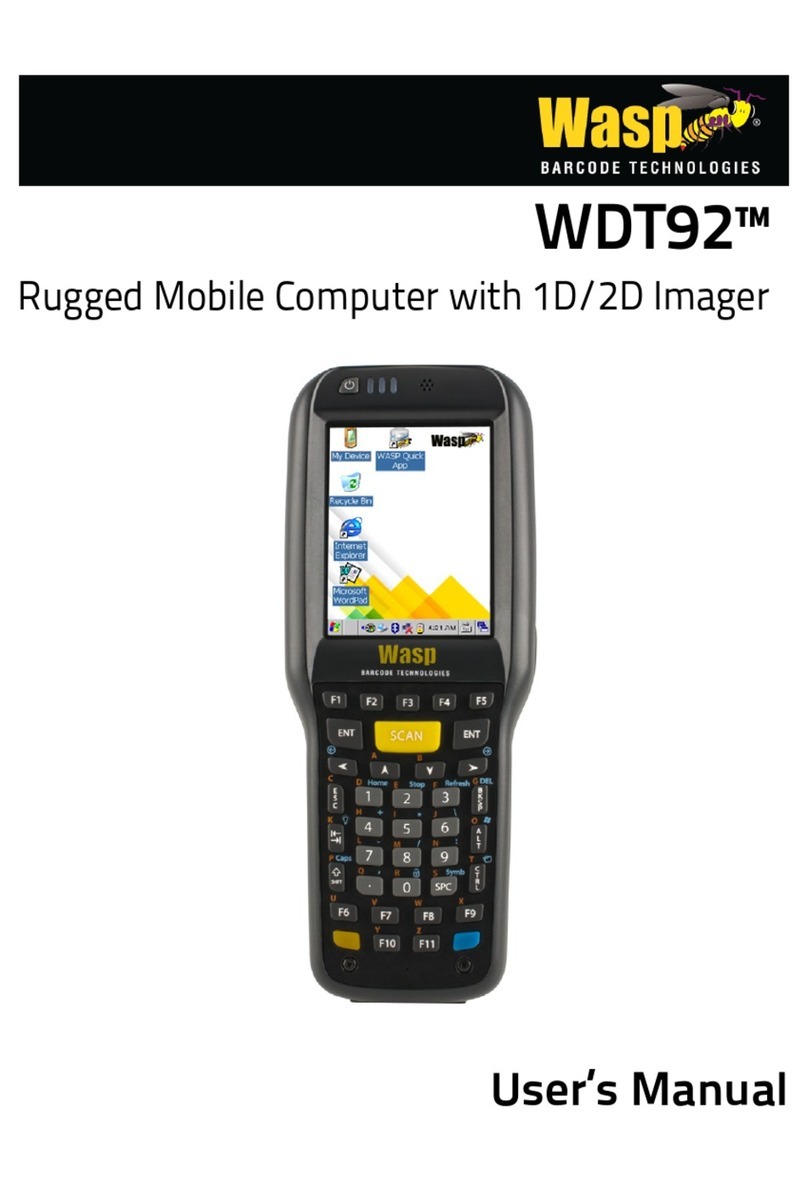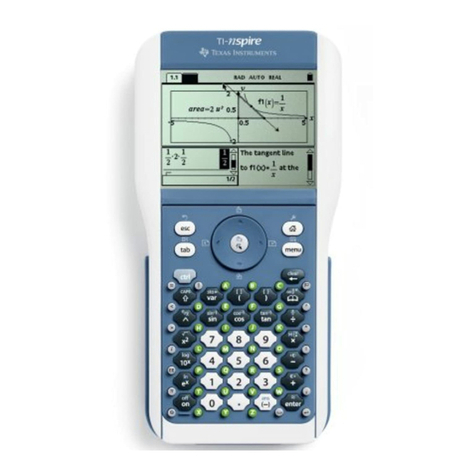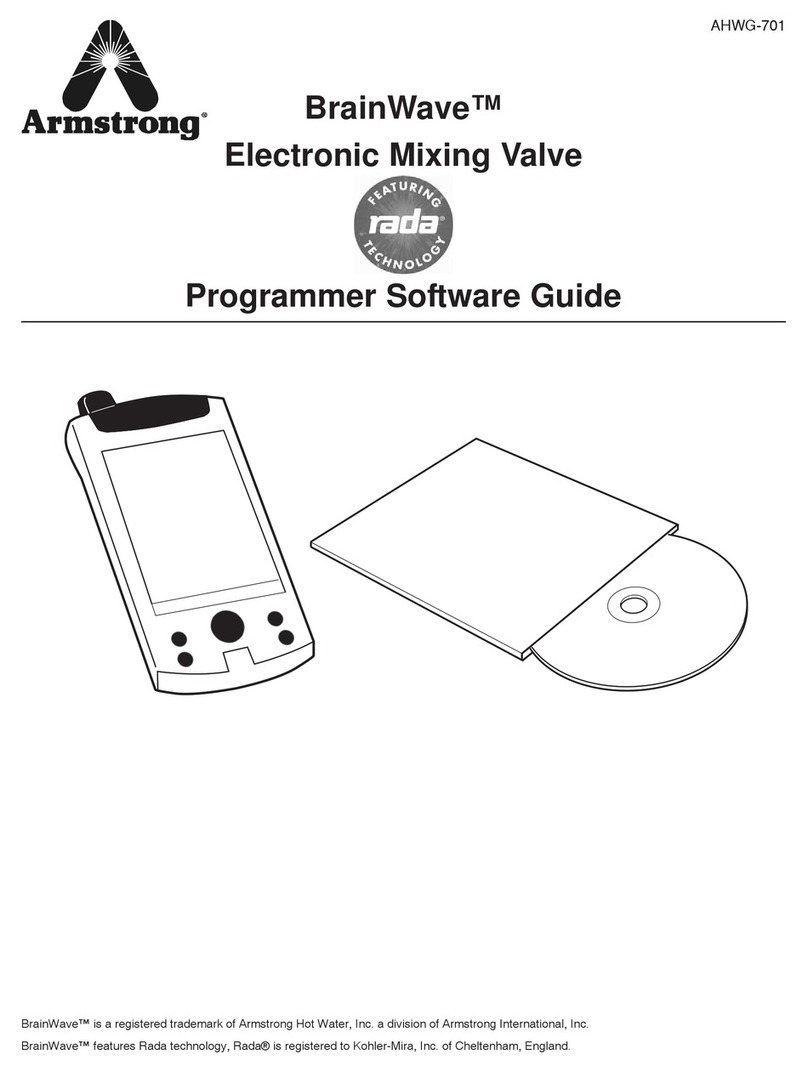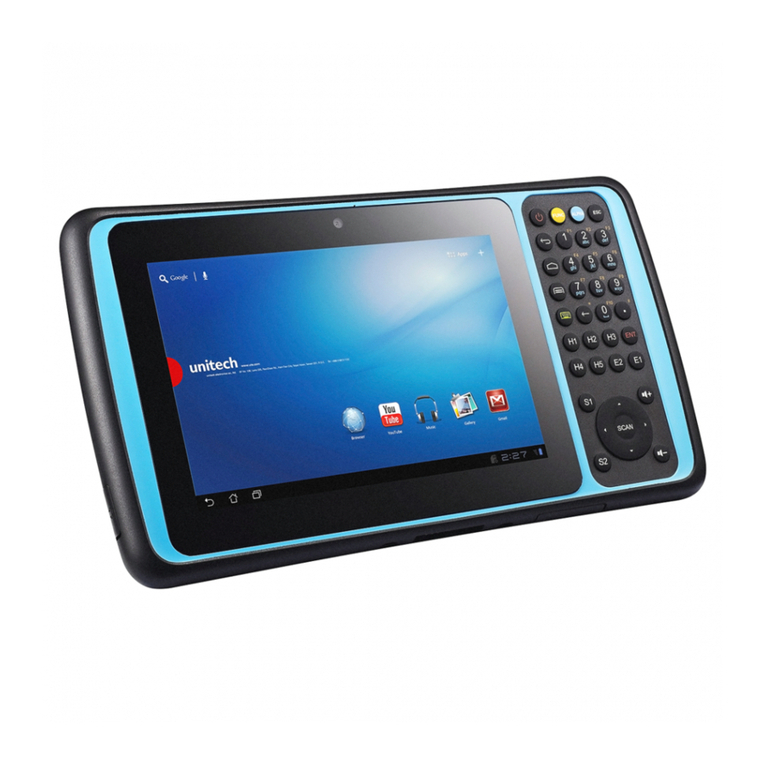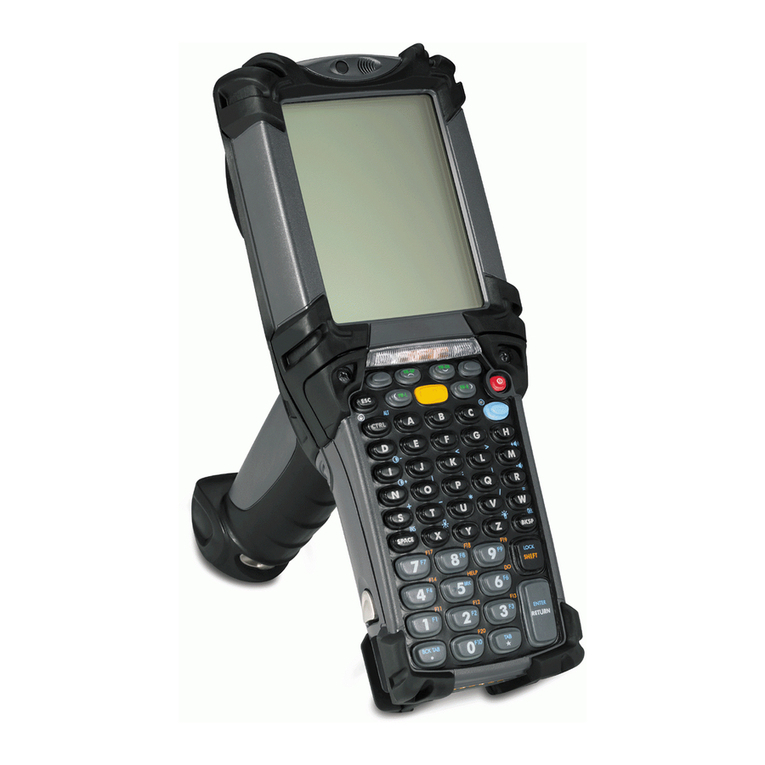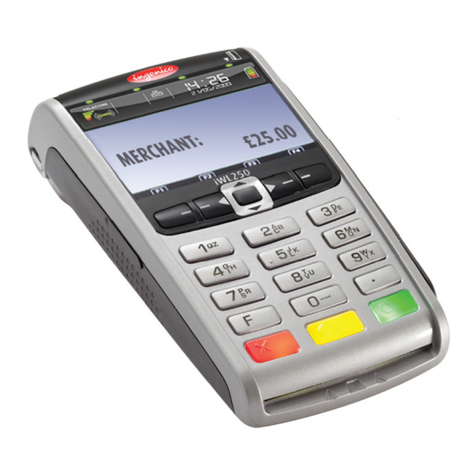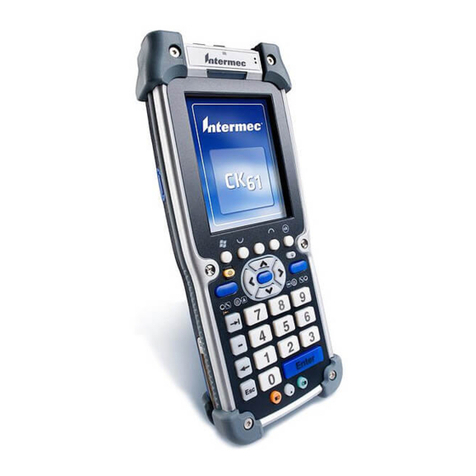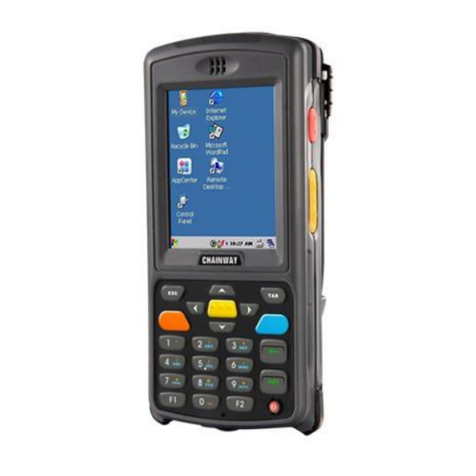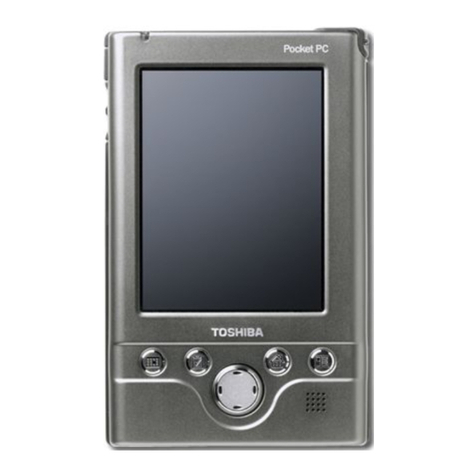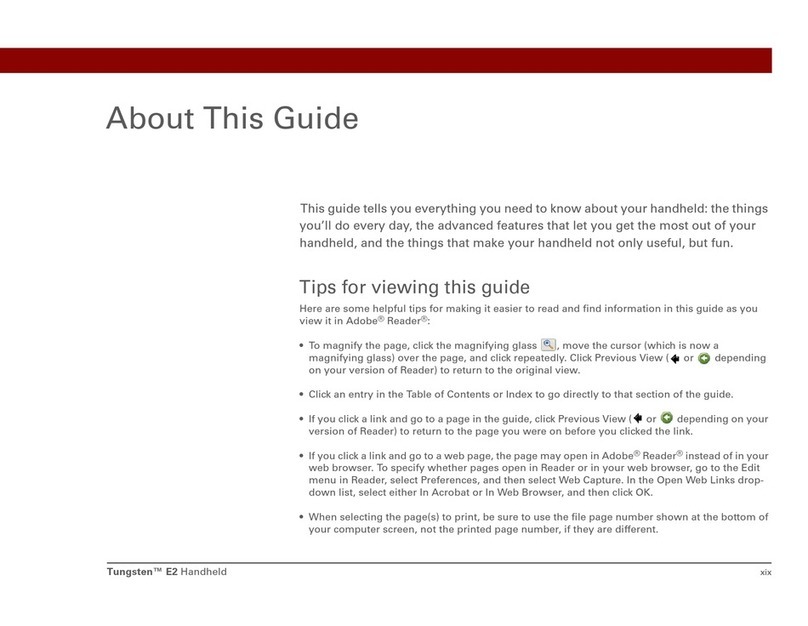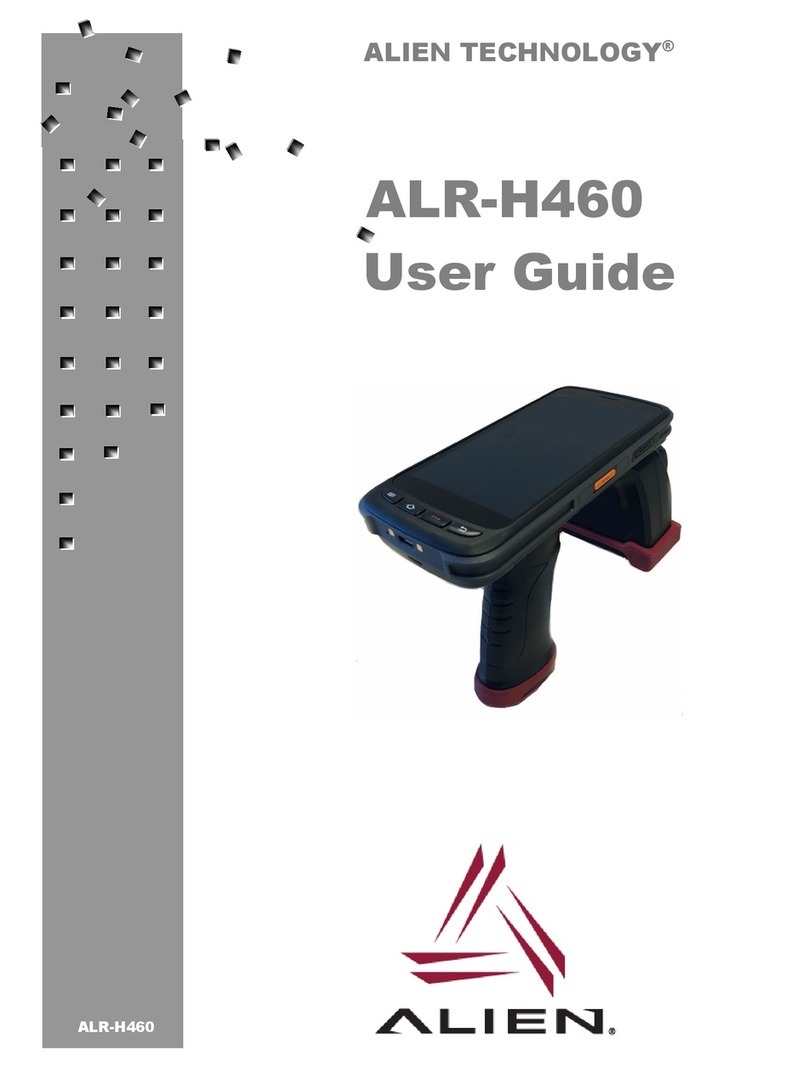
2115i/2116/2116i (RH-66)
Baseband Description and Troubleshooting
Page 2 ©2005 Nokia Corporation Company Confidential Issue 1 03/2005
Contents Page
Introduction ..................................................................................................................................................... 5
Baseband and RF Architecture ................................................................................................................6
Power Up and Reset ....................................................................................................................................7
Power Up ........................................................................................................................................................9
Power Key ................................................................................................................................................... 9
Charger ........................................................................................................................................................ 9
RTC Alarm ................................................................................................................................................ 10
Power Off .....................................................................................................................................................10
Power Consumption and Operation Modes .......................................................................................10
Power-off Mode..................................................................................................................................... 10
Sleep Mode.............................................................................................................................................. 10
Active Mode ............................................................................................................................................ 11
Charging Mode....................................................................................................................................... 11
Power Distribution ....................................................................................................................................11
Clock Distribution ......................................................................................................................................13
RFClk (19.2 MHz Analog)..................................................................................................................... 13
RFConvClk (19.2 MHz digital) ............................................................................................................ 14
CBUS Clk Interface ................................................................................................................................ 15
DBUS Clk Interface................................................................................................................................ 15
SleepCLK (Digital) .................................................................................................................................. 16
SleepCLK (Analog).................................................................................................................................. 16
Flash Programming Error Codes .............................................................................................................. 17
Charging Operation..................................................................................................................................... 19
Battery ..........................................................................................................................................................19
Charging Circuitry .....................................................................................................................................19
Charger Detection .....................................................................................................................................20
Charge Control ...........................................................................................................................................21
Audio .............................................................................................................................................................21
Display and Keyboard ...............................................................................................................................22
Flashlight.................................................................................................................................................. 22
Accessories ..................................................................................................................................................23
Charging................................................................................................................................................... 23
Pop-port Headset Detection............................................................................................................... 25
FBUS Detection....................................................................................................................................... 26
Accessory Detection Through ACI..................................................................................................... 26
SIM CAR .......................................................................................................................................................28
GPS Module................................................................................................................................................... 29
Test Points - Bottom................................................................................................................................... 31
Test Points - Top .......................................................................................................................................... 34
Troubleshooting............................................................................................................................................ 36
Mobile Terminal is Dead ..........................................................................................................................37
Flash Faults .................................................................................................................................................38
Power Does Not Stay on or the Mobile Terminal is Jammed ........................................................40
Charger Faults ............................................................................................................................................42
Audio Faults ................................................................................................................................................43
Display Faults ..............................................................................................................................................47
Keypad Faults .............................................................................................................................................49

